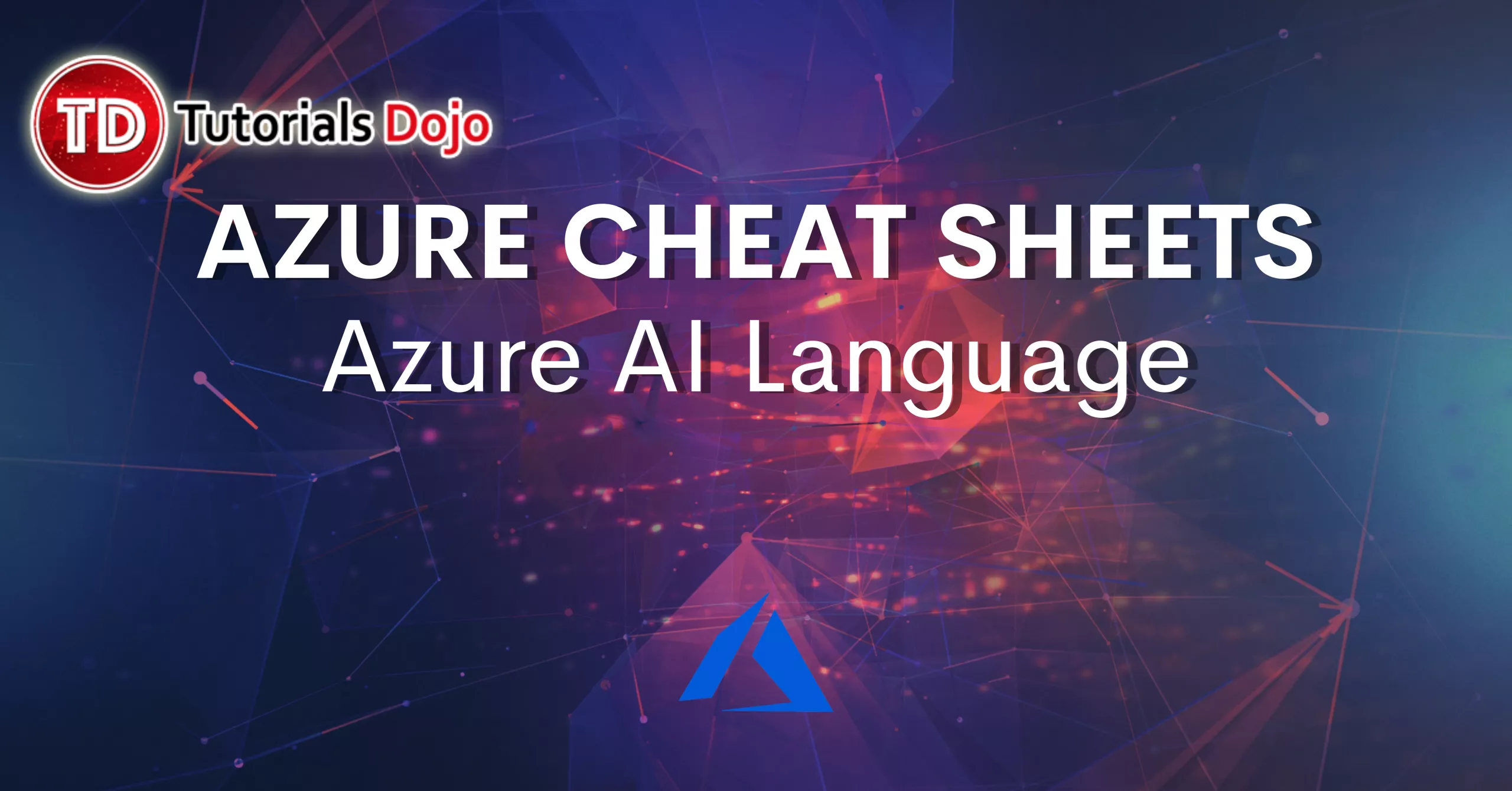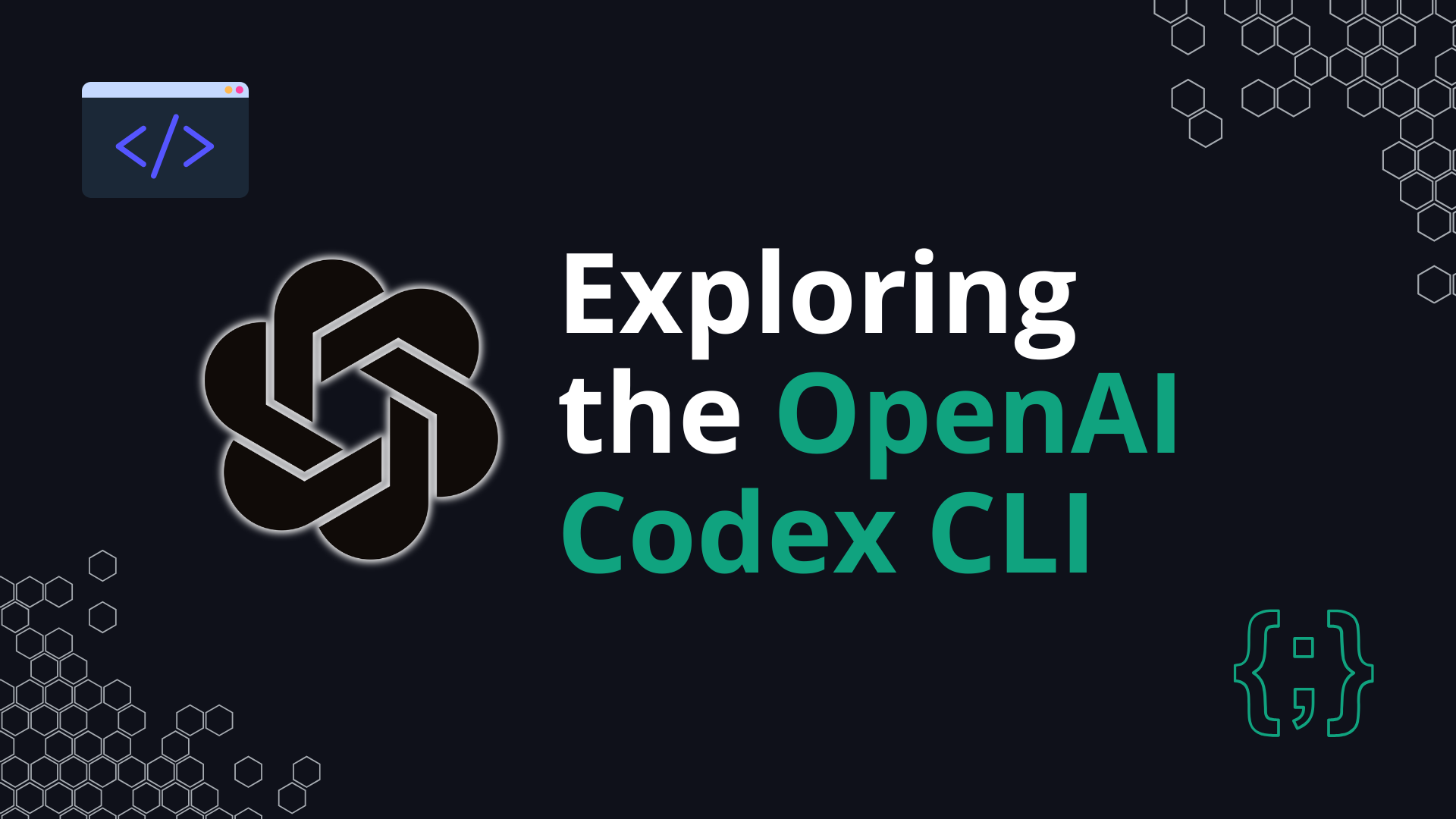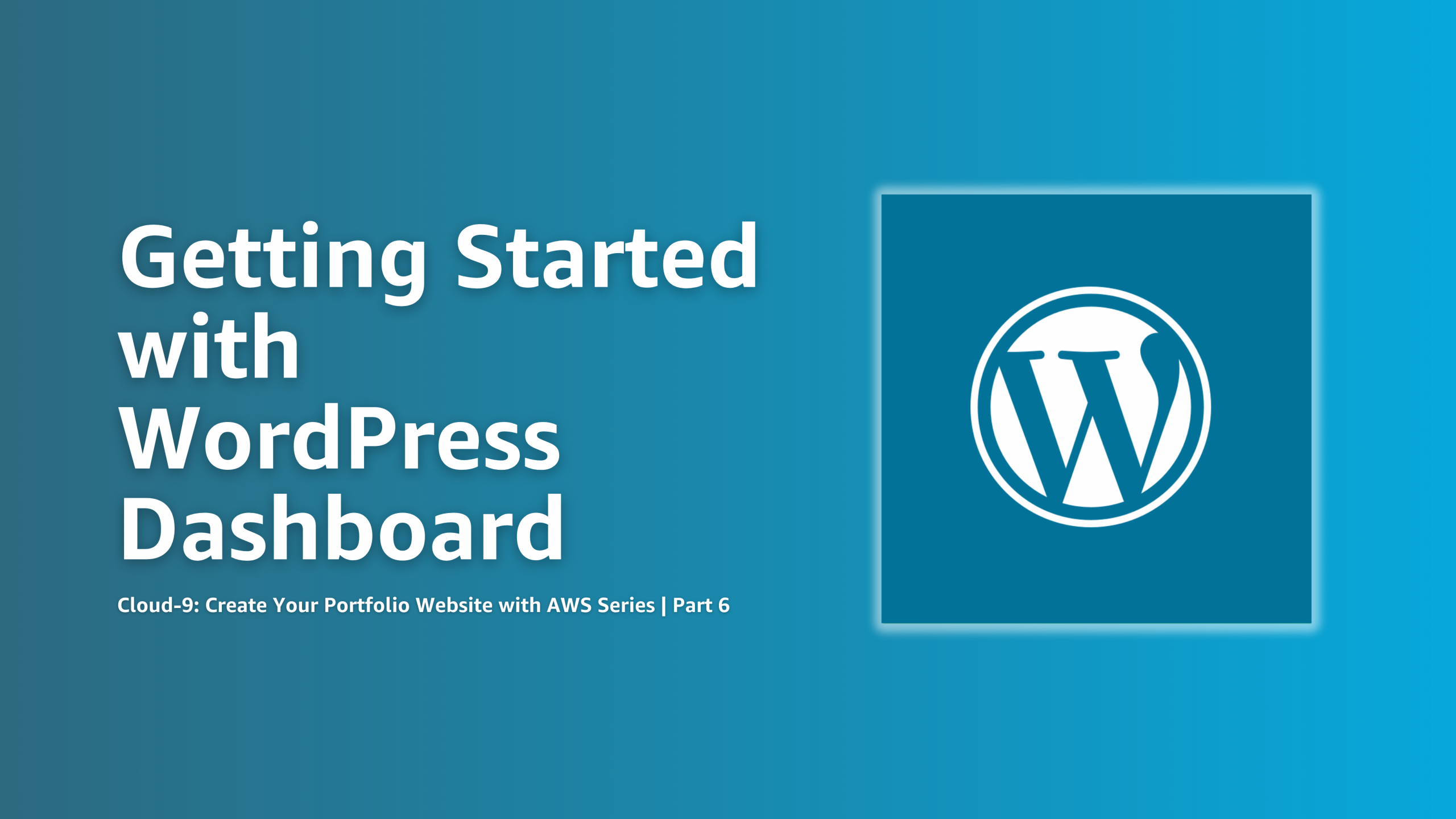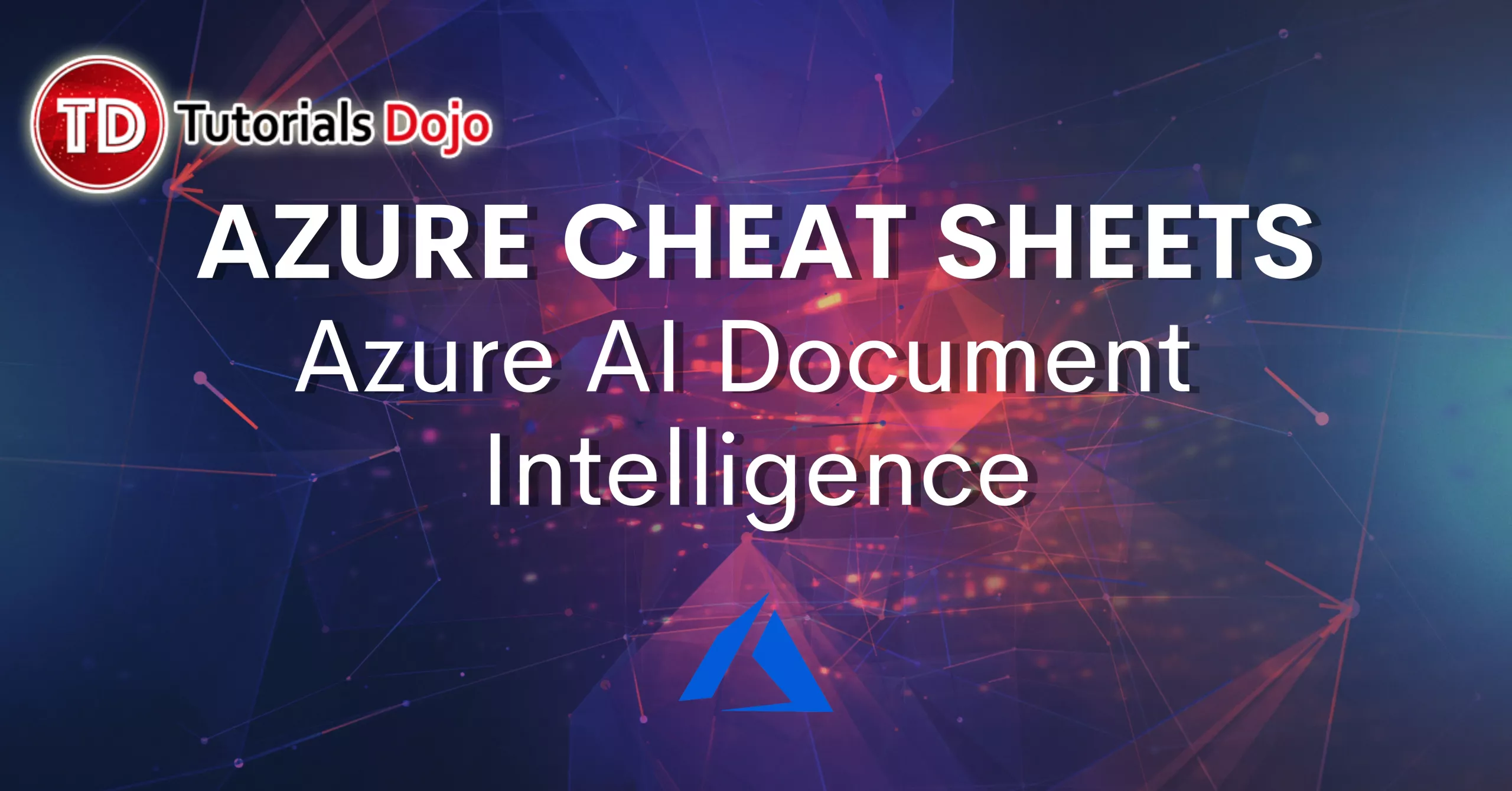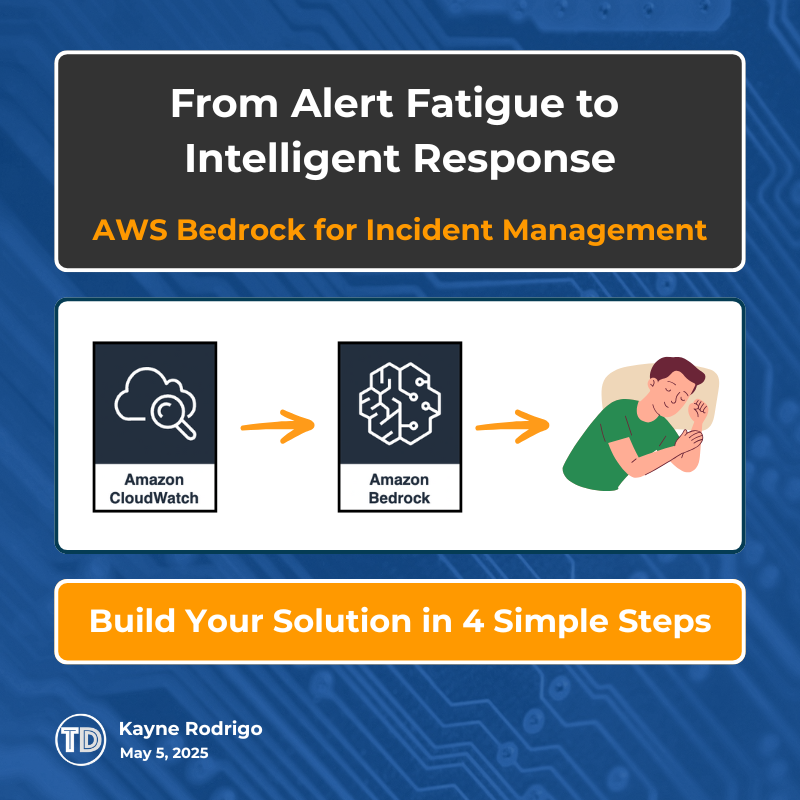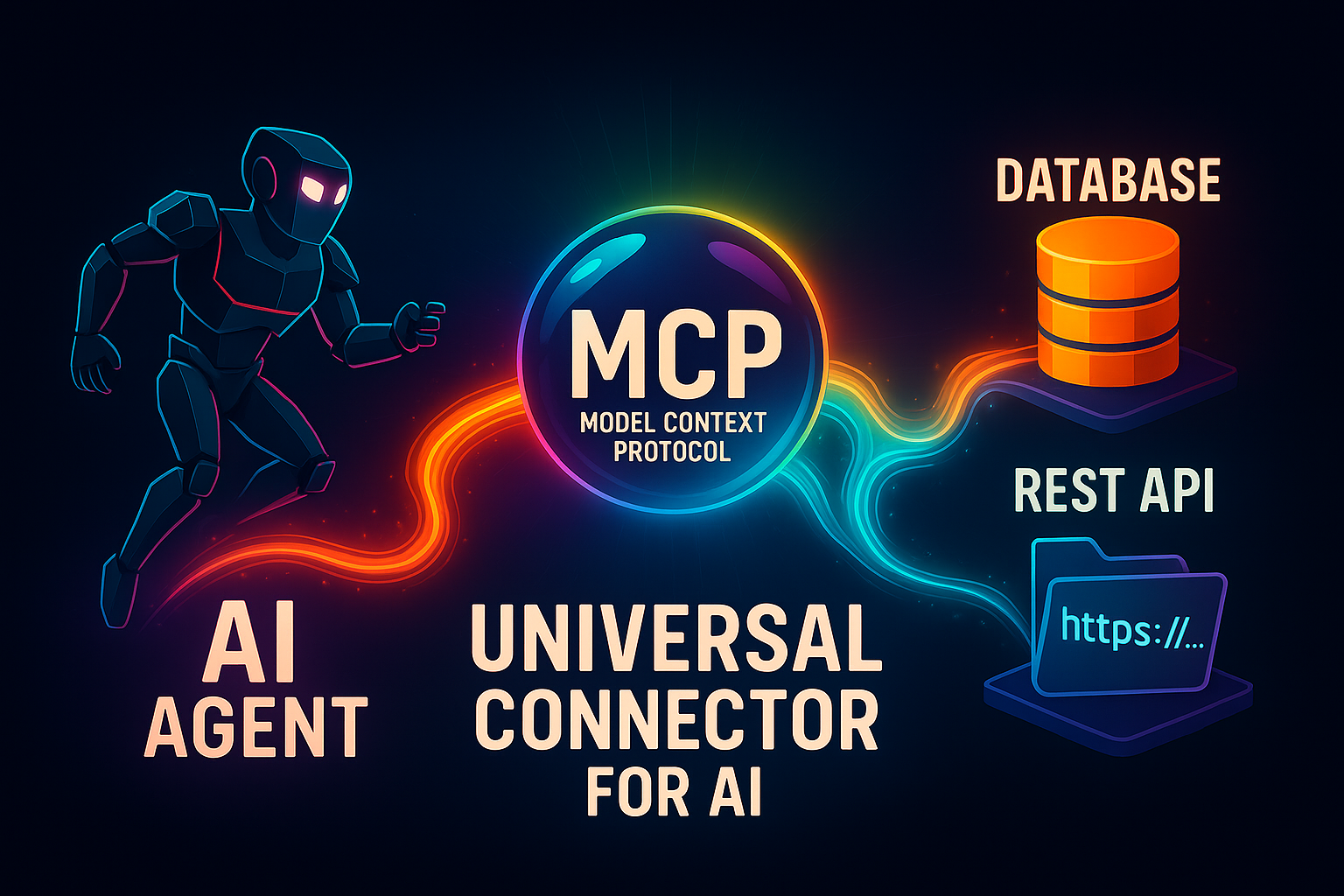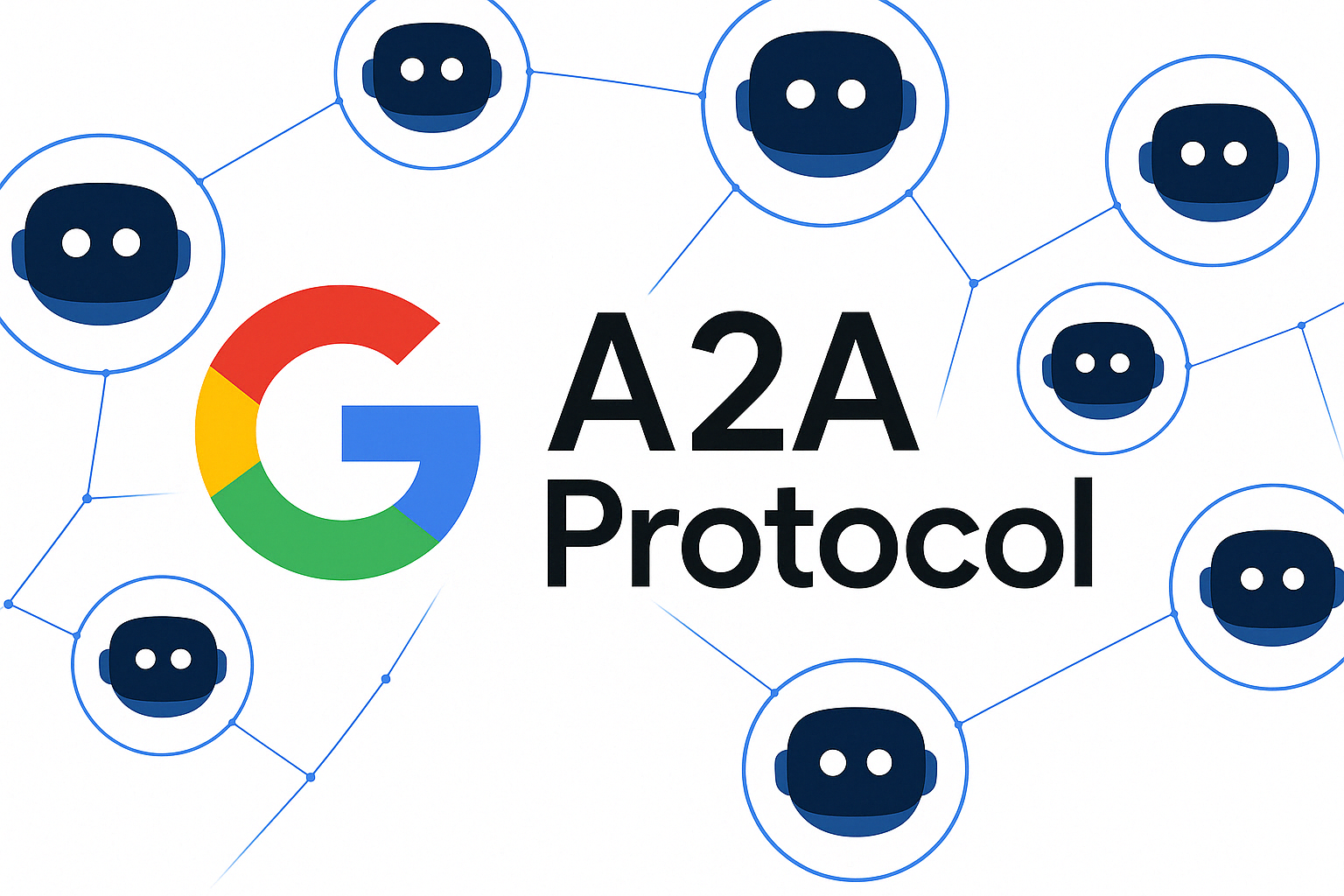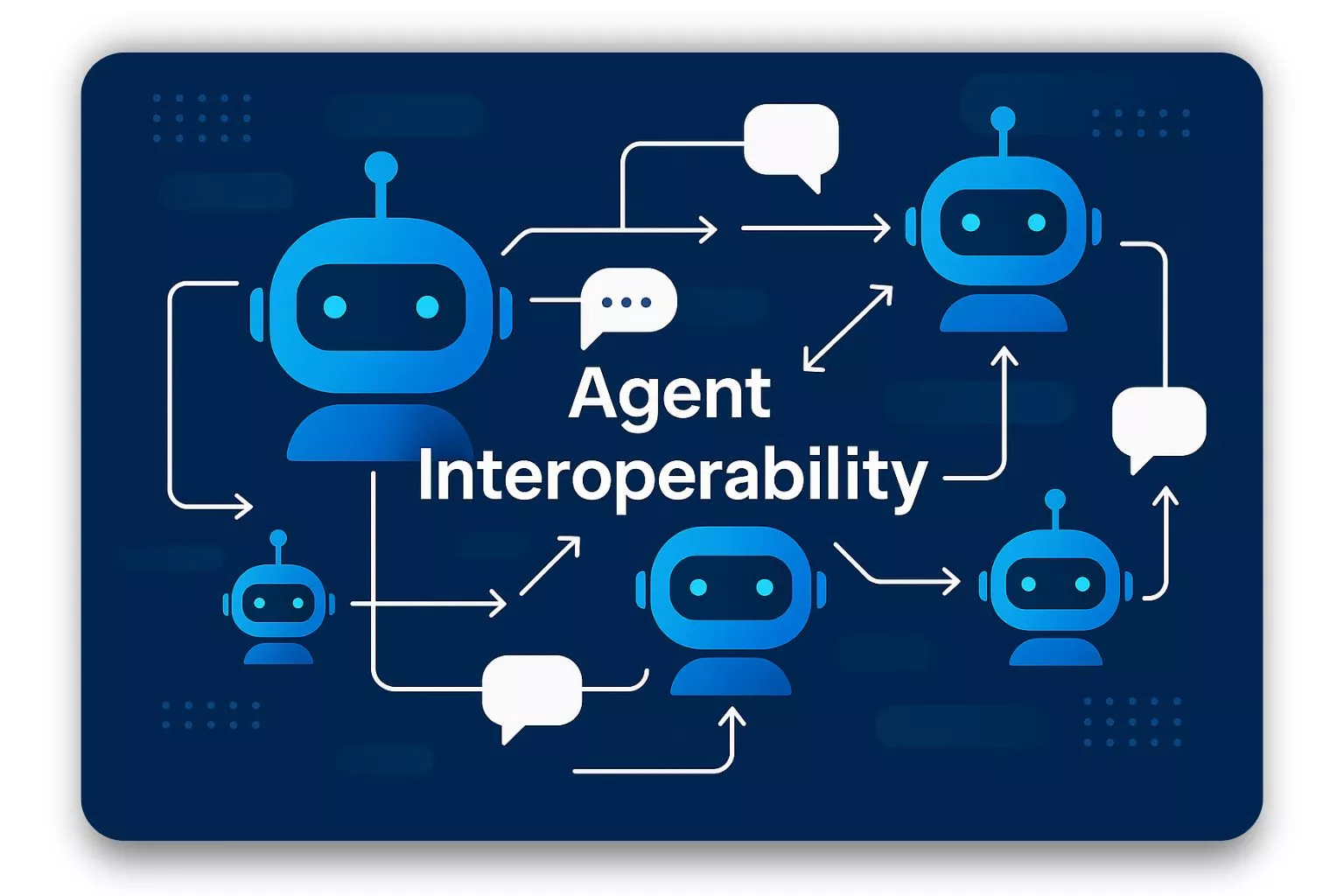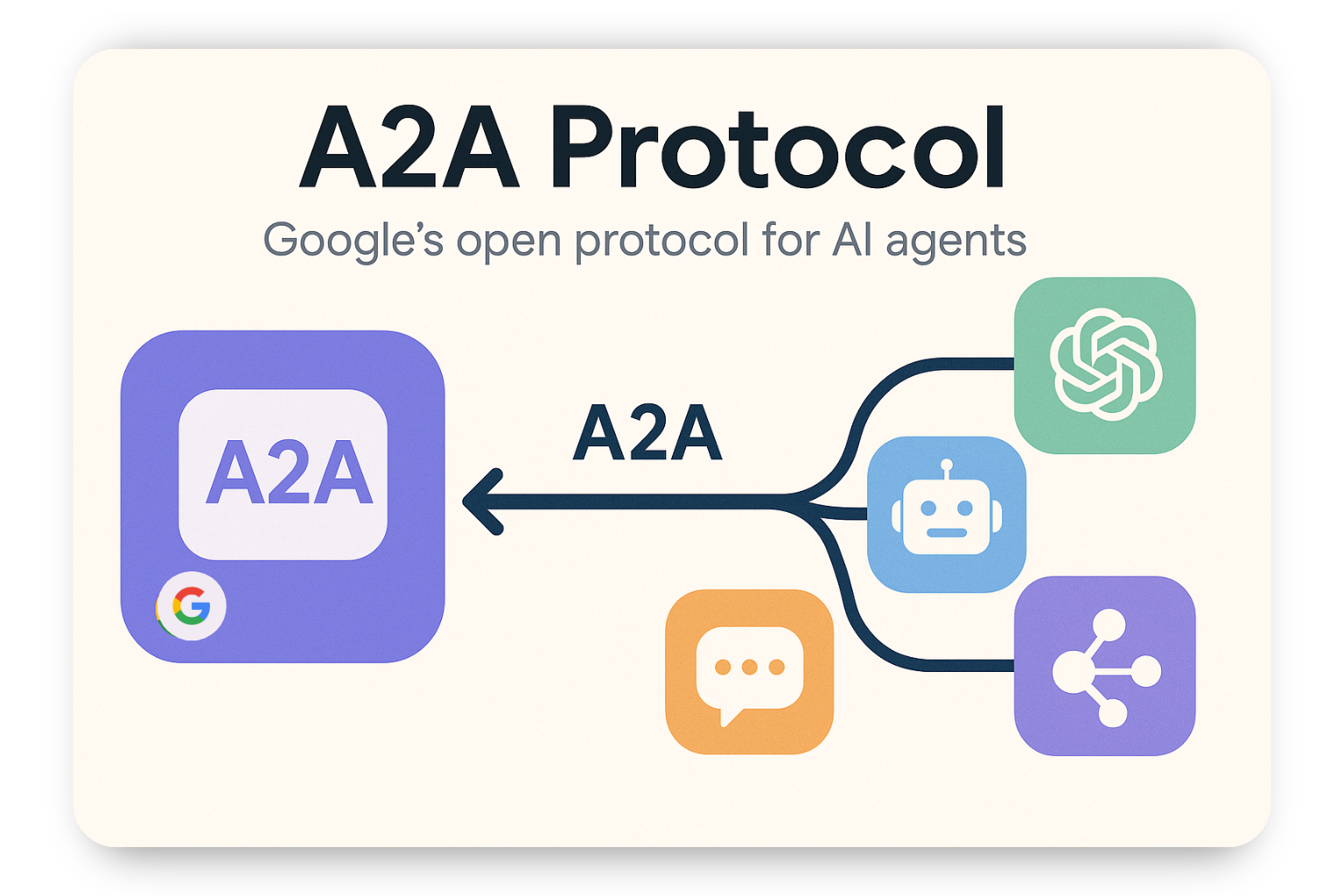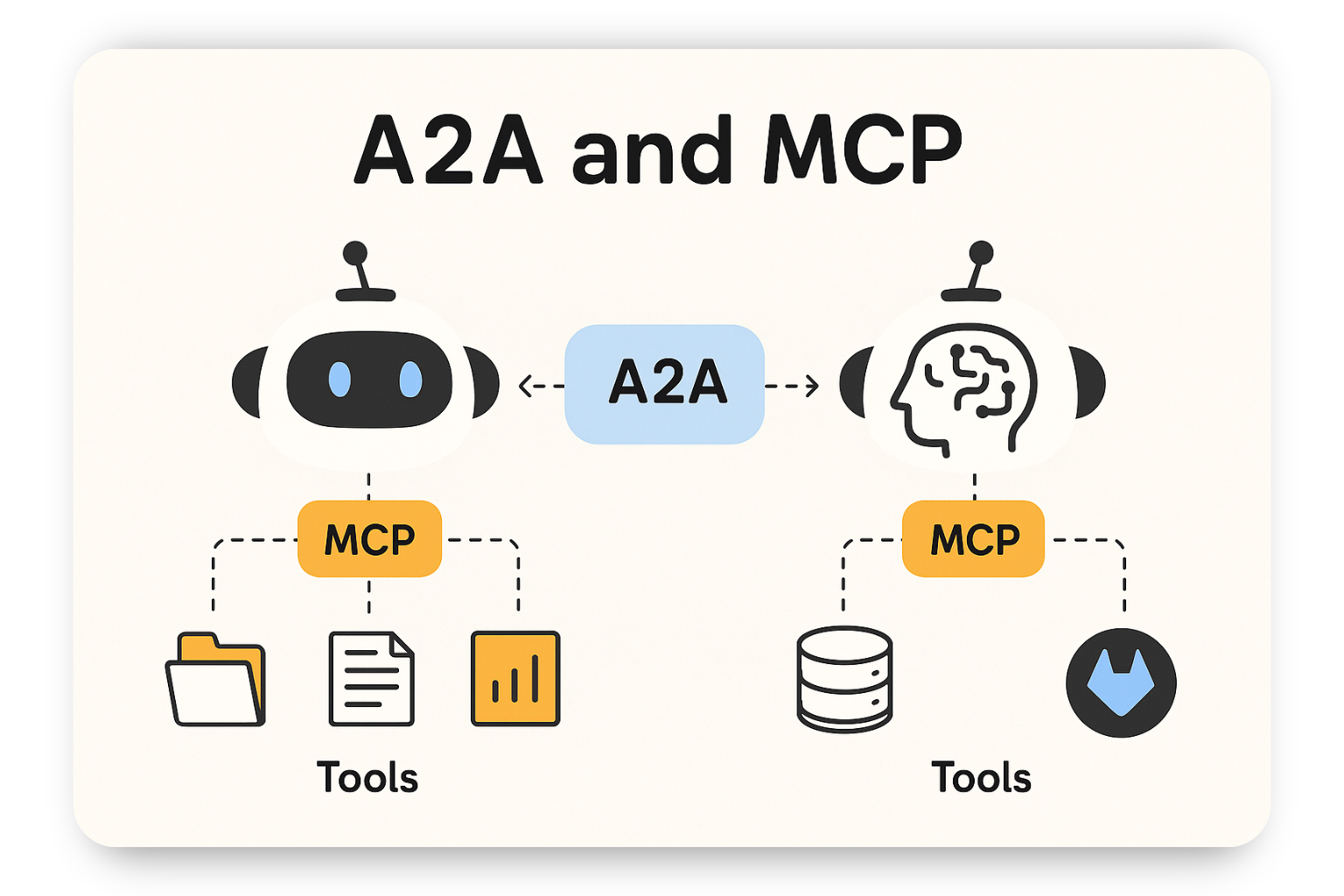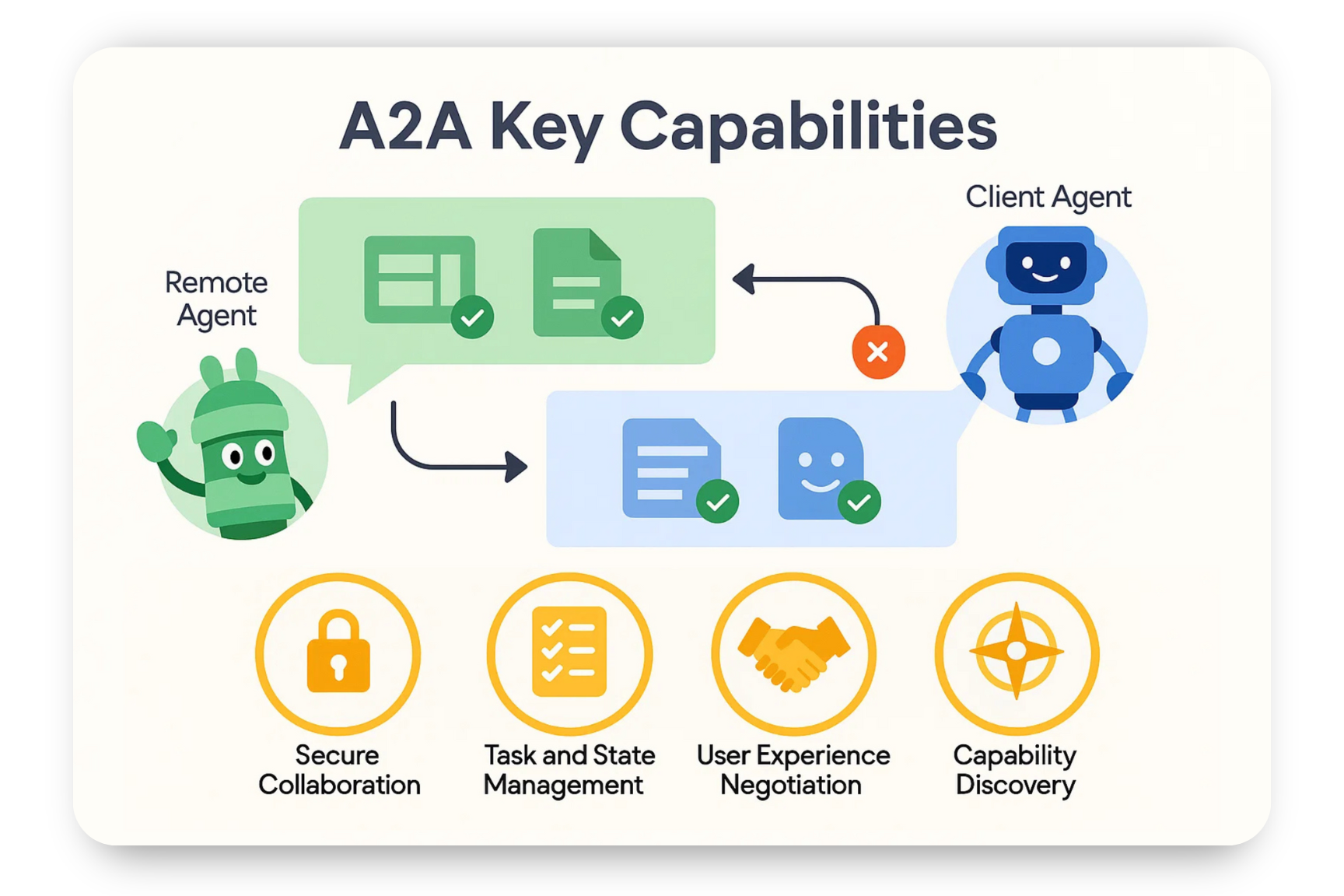Azure AI Language
Ace Kenneth Batacandulo2025-05-19T12:30:11+00:00Azure AI Language Cheat Sheet Azure AI Language is a suite of natural language processing (NLP) services under Azure Cognitive Services. It helps developers build applications to understand, analyze, and generate human language. The services support language understanding, entity recognition, sentiment analysis, translation, and text analytics. It provides SDKs and REST APIs that integrate easily with applications across different languages and platforms. Features Functionality Named Entity Recognition (NER) Detects and categorizes entities such as people, organizations, and locations within text. Personal and Health Data Detection (PII Detection) Identifies personally identifiable information in text and conversational data to protect sensitive personal [...]

